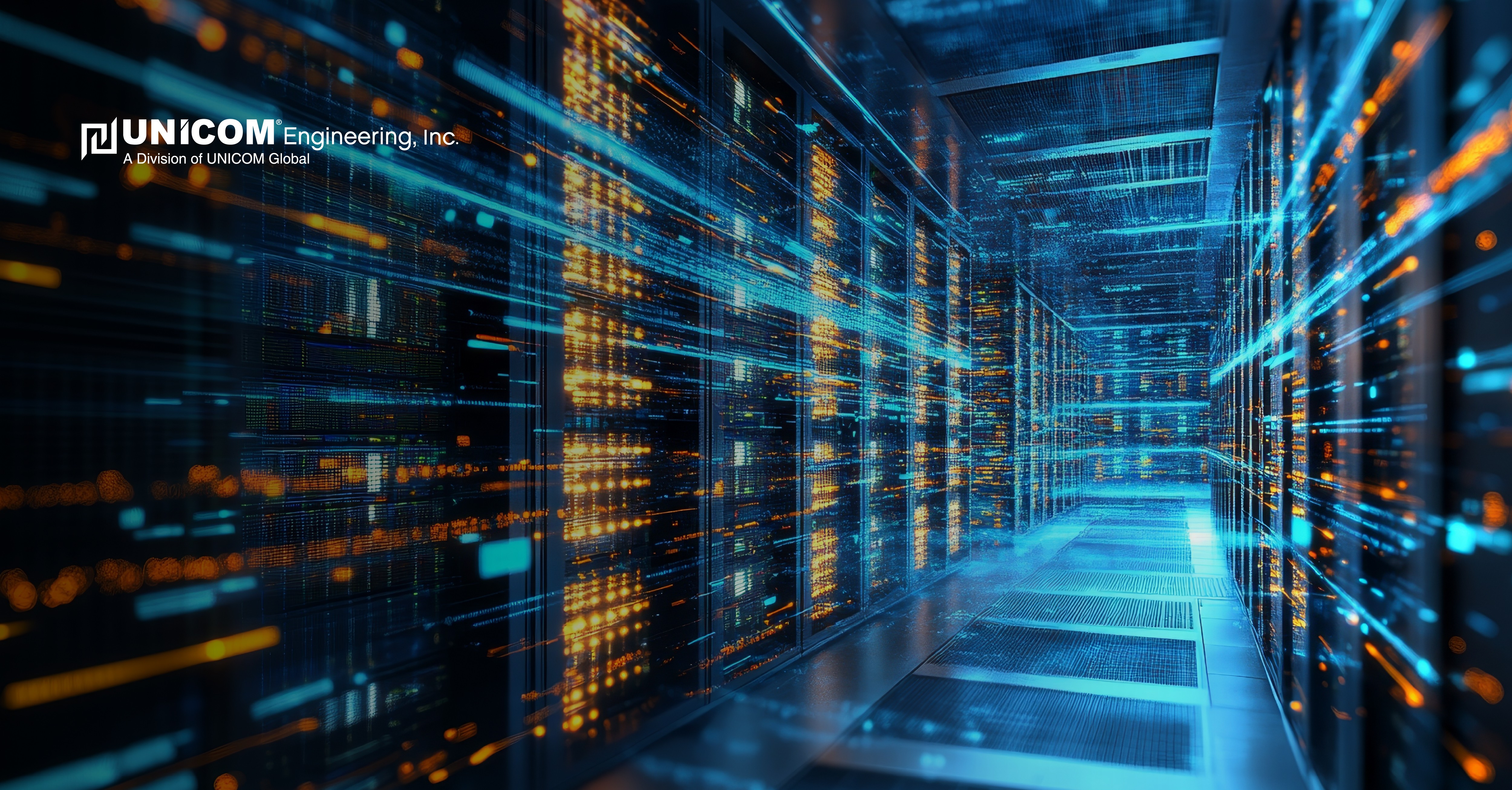Without question, today's data centers are handling bigger workloads than ever. And thanks to Moore's Law, CPUs, GPUs, and FPGAs are up to the task. However, ever-higher levels of computing performance come at the cost of significantly increased heat production. A growing number of organizations are shifting to liquid cooling to address the sustainability and efficiency impacts of their data center use.
When Air is Not Enough
Traditionally, data centers eliminated heat with air. Mainframes and later server farms were located in specially chilled locations where cool air was blown onto hot computing components. Data is processed and stored as electricity; therefore, the more it is handled, the greater the heat, which can be a problem considering forced air's limits, both in space required and effectiveness.
New workloads are adding to the growing heat generated by today's data centers. AI and other HPC forms require servers to process exponentially larger quantities of data faster than ever. This new generation of computing tasks is less predictable and must operate simultaneously with traditional applications.
To handle the increased processing heat, fan power as a percentage of server power has grown, in some cases, as high as twenty percent. In addition, using higher-power fans increases the noise and aisle temperature, creating potentially harsh environments for data center workers.
The Next Generation of Data Center Cooling is Liquid
At one time, it was thought that anything liquid was the enemy of all electronic components. Spill coffee on a notebook computer, which will likely be ruined. However, for the past ten years, innovators like Dell Technologies have figured out how to harness liquids' extreme heat dissipation properties for direct use with IT components.
Currently, liquid cooling employs one of three methods:
Direct-to-Chip Liquid Cooling (DCLC)
DCLC is the most straightforward liquid cooling approach. It involves delivering cooling only to specific components like CPUs, GPUs, and other accelerators. It's advantageous to organizations seeking to retrofit their current rack systems and still reap some of the efficiency and cost benefits of liquid cooling.
Single Phase Immersion Cooling
In immersion cooling, all the servers are fully immersed in liquids that process heat better than air. Then, the fluid is pumped to exchangers that remove the heat, allowing it to be reused in the system. Single-phase immersion cooling is well understood, less expensive, and provides good cooling.
Two-Phase Immersion Cooling
Two-phase immersion systems use liquids that boil at lower temperatures than water, allowing heat to be rapidly removed from the server. The evaporated fluid then condenses and is fed back into the system. Because two-phase deployments use fewer pumps, they provide the highest possible density and efficiency. Two-phase systems, however, do have a higher cost of entry.
Advantages of Liquid Cooling
Organizations are switching to Liquid Cooling for a variety of reasons, including:
-
Greater Cooling Effectiveness: Liquids have a much higher heat transfer coefficient than air. Therefore, a liquid cooling system in the same operating space can eliminate more heat without fans and heat sinks. As a result, servers can run more high-performance processors in the same amount of space, a phenomenon known as server density.
-
Greater Sustainability: Air cooling systems require significant energy due to mechanical components like fans. On the other hand, liquid cooling solutions require less machinery and, therefore, draw less power, making data centers more sustainable.
-
The Server Density Advantage: Because they can operate at lower temperatures, more CPUs and GPUs can work within a given server, thereby increasing the overall density of the data center.
-
Datacenter Design Flexibility: Liquid cooling often eliminates the need for raised floor architecture, and airflow can cease to be a data center design restriction. Instead, power delivery becomes the primary concern, allowing rack space to be better leveraged.
Expected Growth In Liquid Cooling
Industry experts, Mordor Intelligence, predict the liquid cooling market to grow to $11 trillion by 2028. Based on their data and the overall drive of all organizations toward greater sustainability, Dell Technologies sees liquid cooling playing an ever-increasing role in the design of data centers for years to come. Therefore, organizations insistent on relying solely on air cooling will face increased pressure to compete with those with denser, high-performing environments.
Begin Your Migration Toward Liquid Cooling with Dell Technologies and UNICOM Engineering
UNICOM Engineering is proud to be recognized as the Dell Technologies OEM Partner of the Year four times in the last five years. Our team has vast experience helping organizations leverage AI advancements and innovative technology to optimize the performance of their solutions with our unparalleled access to the latest Dell Technologies solutions and deep relationships with the manufacturer's product and engineering teams.
To learn more about how we can help you bring your solution to market and gain a competitive edge, visit our website to schedule a consultation today.
